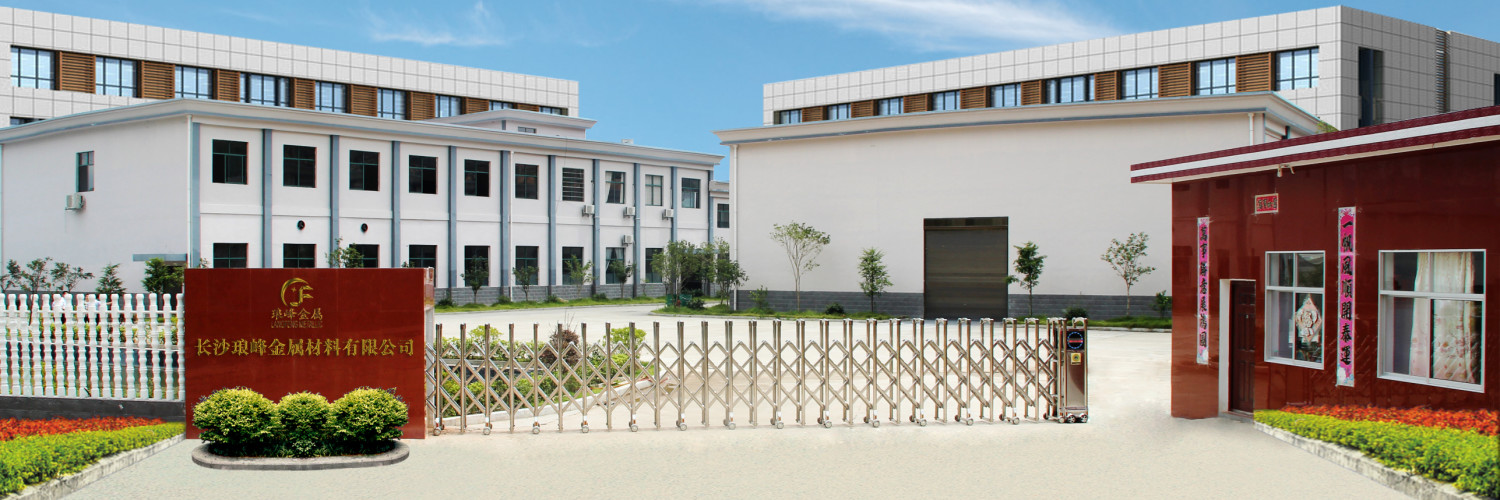End Mill Application and Technical Features
End mills are used for producing precision shapes and holes on Milling or Turning machine. The correct selection and use of end milling cutters is paramount with either machining centers or lathes. End mill are available in a variety of design styles and materials. The successful application of end mill depends on how well the tool is held(supported) by the tool holder. To achieve best results an end mill must be mounted concentric in a tool holder.The end mill can be selected for the following basic processes: 1: face milling: for small face areas, of relatively shallow depth of cut. The surface finish produced can be “scratchy”; 2: keyway production: normally two separate end mils are required to produce a quality keyway; 3: woodruff keyways: normally produced with a single cutter, in a straight plunge operation; 4: specialty cutting: includes milling of tapered surfaces, “T” shaped slots & dovetail production; 5: finish profiling: to finish the inside/outside shape on a part with a parallel side wall; 6: cavity die work: generally involves plunging and finish cutting of pockets in die steel. Cavity work requires the production of three dimensional shapes. A ball type end mill is used for the finishing cutter with this application. Type of milling procedures: 1: end milling 2: conventional milling 3: climb milling 4.Ramp cutting 5.Plunge cutting 6.Peripheral milling ngular Edge: that cutting edge that is a straight line, forming an angle with the cutter axis.The surface produced by a cutting edge of this type will not be flat as is the case with a helical cutting edge. Axial Runout: the difference between the highest and lowest indicator reading taken at the face of a cutter near the outer diameter. Chamfer: a short relieved flat installed where the periphery and face of a cutter meet. Used to strengthen the otherwise week corner. Chip Breakers: special geometry of the rake face that causes the chip to curl tightly and break. Chip Splitters: Notches in the circumference of a corn cob style end mill cutter resulting in narrow chips.Suitable for rough machining. Cutting Edge(A):the leading edge of the cutter tooth. The intersection of two finely finished surfaces, generally of an included angle of less than 90 degrees. Cutting Edge Angle: the angle formed by the cutting edge and the toolaxis. Flute: space between cutting teeth providing chip space and regrinding capabilities. The number of cutting edge.Sometimes referred to as “teeth” or “gullet”. The number on an end mill will determine the feed rate. Flute length: length of flutes or grooves.Often used incorrectly to denote cutting length. Shank: Projecting portion of cutter which locates and drives the cutter from the machine spindle or adapter; Tooth: The cutting edge of the end mill Tooth face: also known as the rake face. The portion of the tooth upon which the tooth meets the part. Clearance angel: the angle formed by the cleared surface and line tangent to the cutting edge. -primary (1st angle, 50-90)-relief adjacent to the cutting edge; -secondary (2nd angle,140-170) -relief adjacent to cutting edge; tertiary (3rd)- additional relief clearance provided adjacent to the secondary angle; Dish Angle: the angle formed by the end cutting edge and a plane perpendicular to the cutter axis. Dish ensures that a flat surface is produced by the cutter. Gash (Notch): the secondary cuts on a tool to provide chip space at corners and ends. The space forming the end cutting edge, which is used when feeding axially. Gash Angle: the relief angle of the gash feature. Gash Width: the width of the gash feature. The space between cutting edges, which provides chip space and resharpening capabilities.Sometimes called the flute. Helix Angle:the angle formed by a line tangent to the helix and a plane through the axis of the cutter or the cutting edge angle which a helical cutting edge makes with a plane containing the axis of a cylindrical cutter. Rake: the angular relationship between the tooth face or a tangent to the tooth face at a given point and a reference plane or line. An angular feature ground onto the surface of an end mill. -Axial rake : the angle formed by a plane passing through the axis and a line coinciding with or tangent to the tooth face [Read More]
